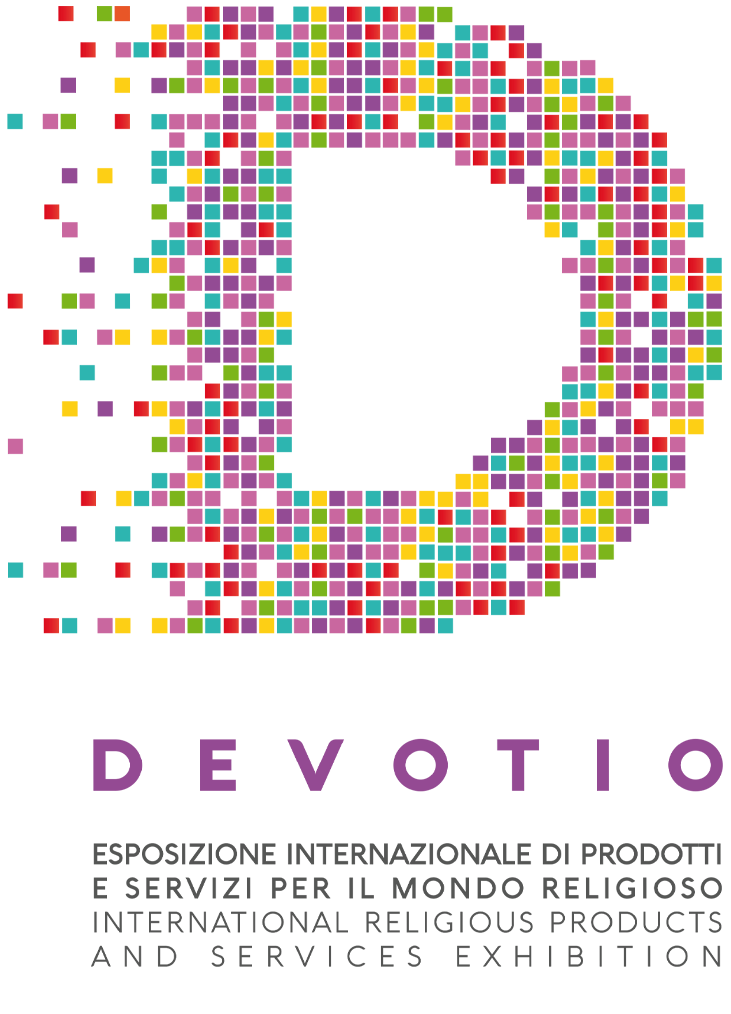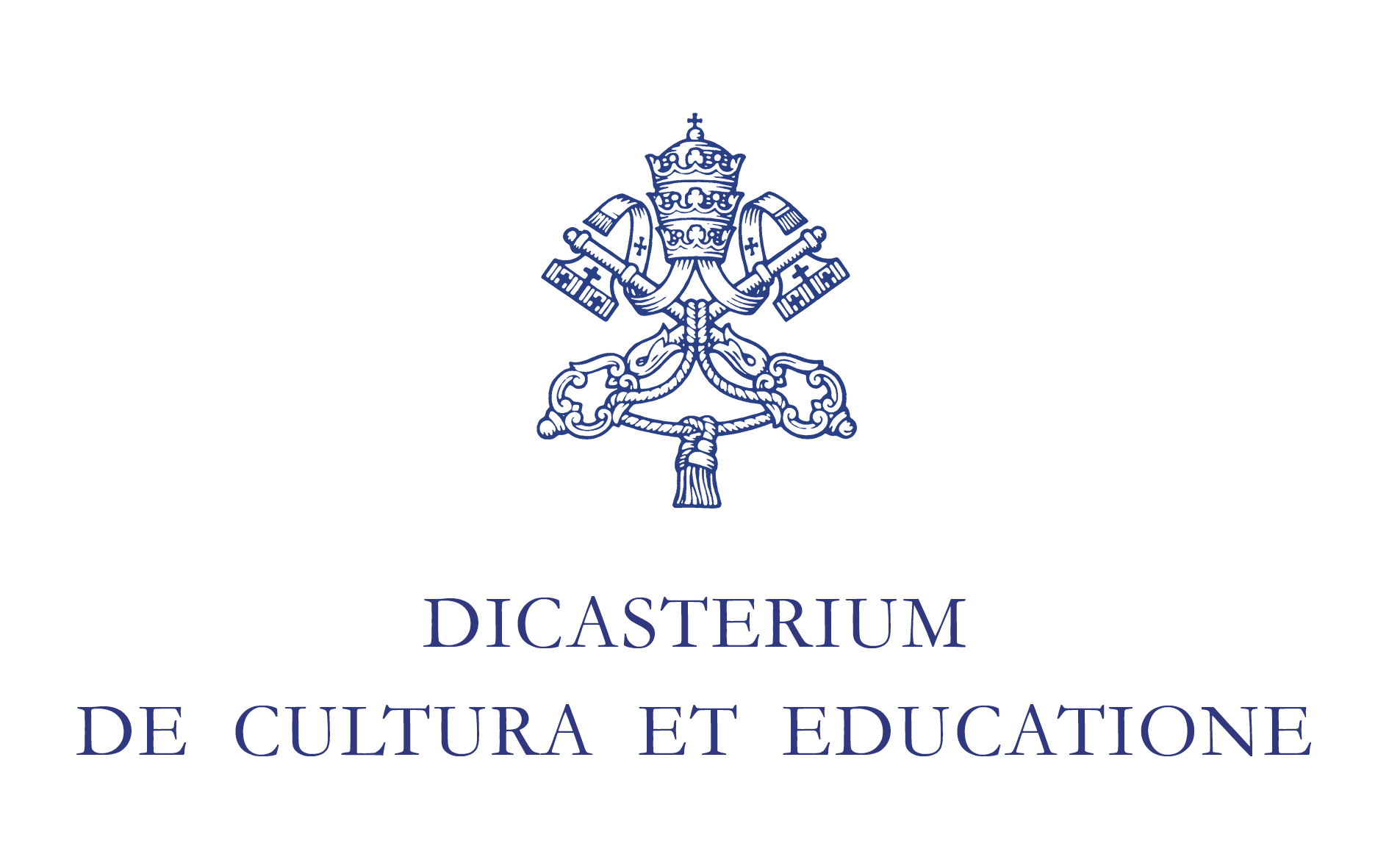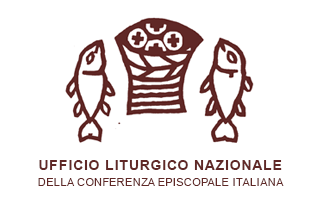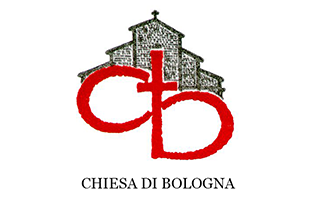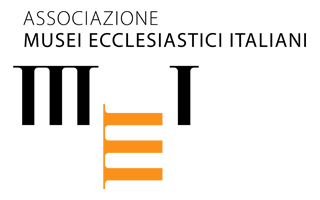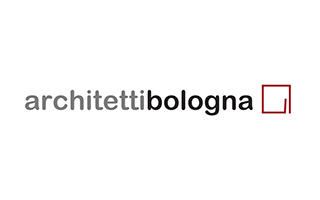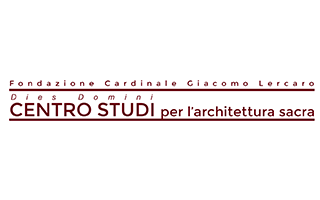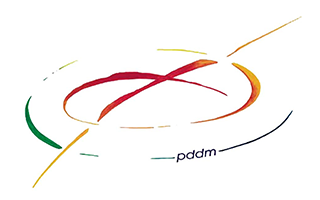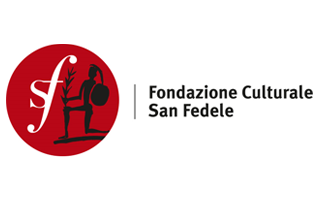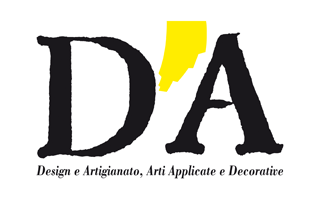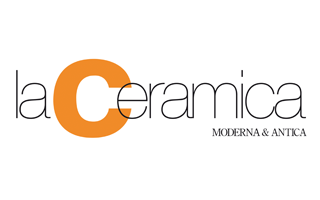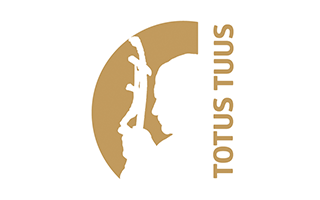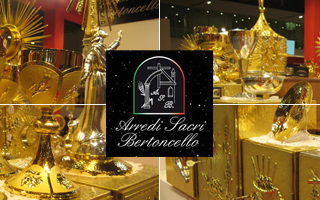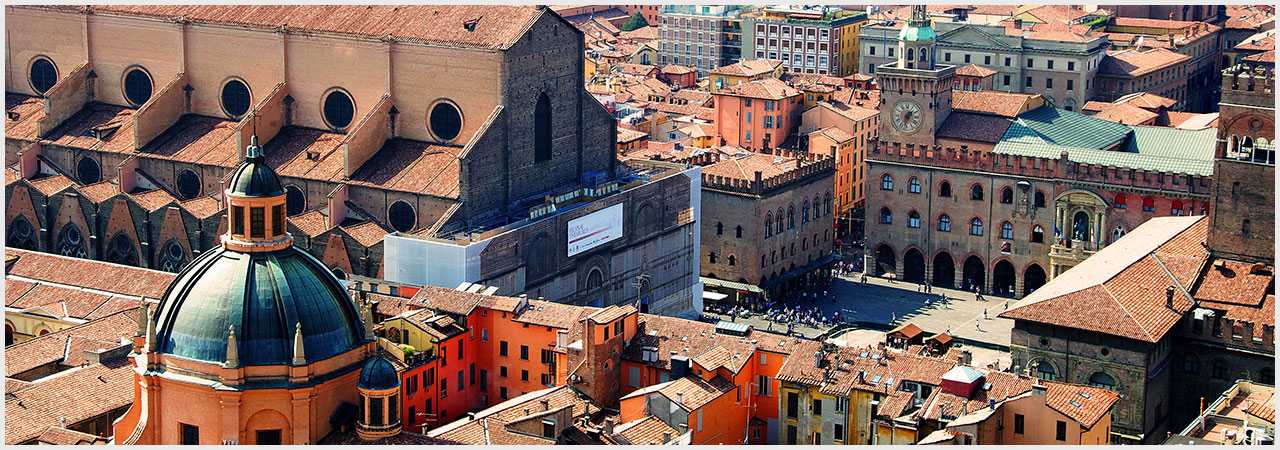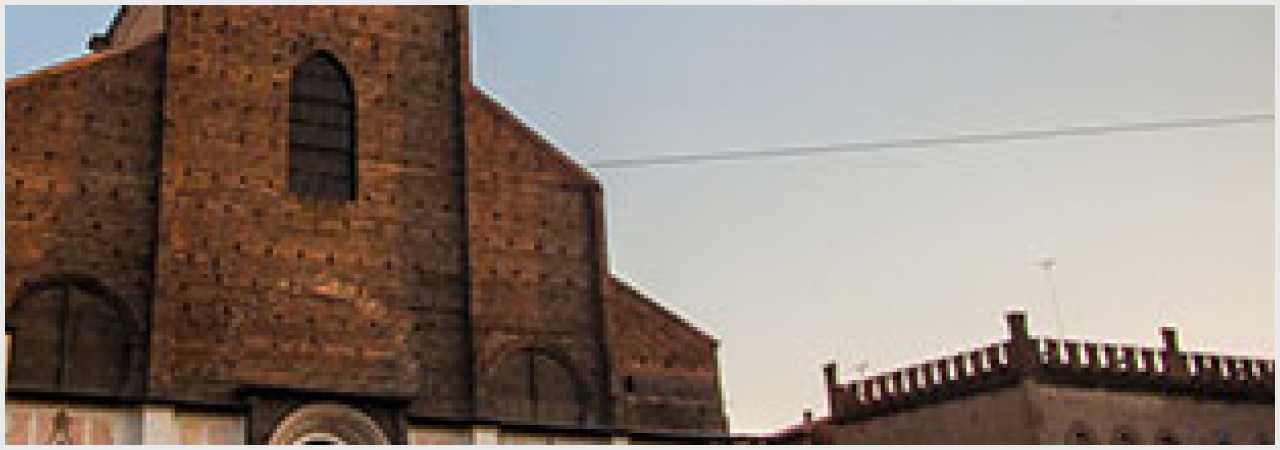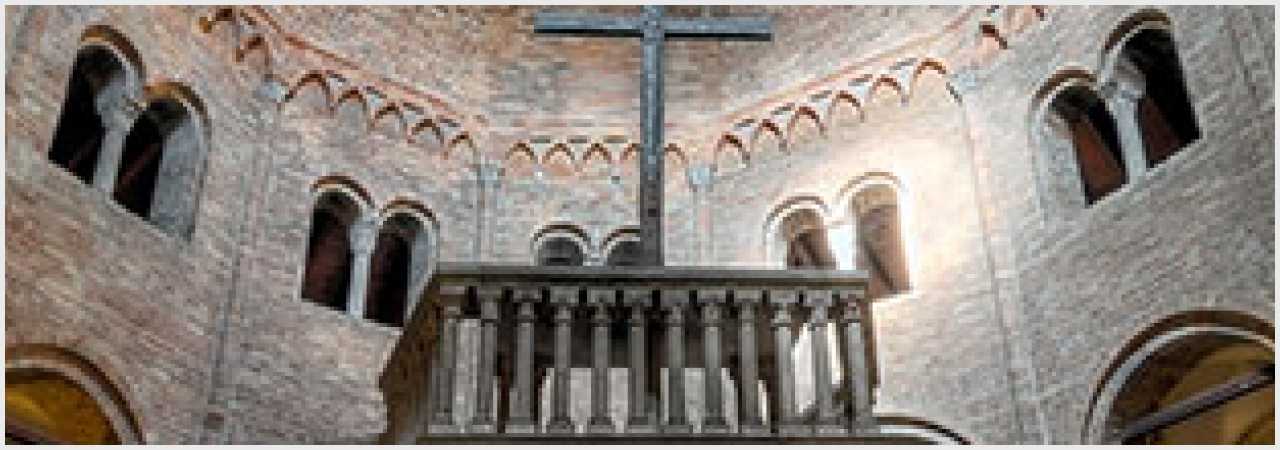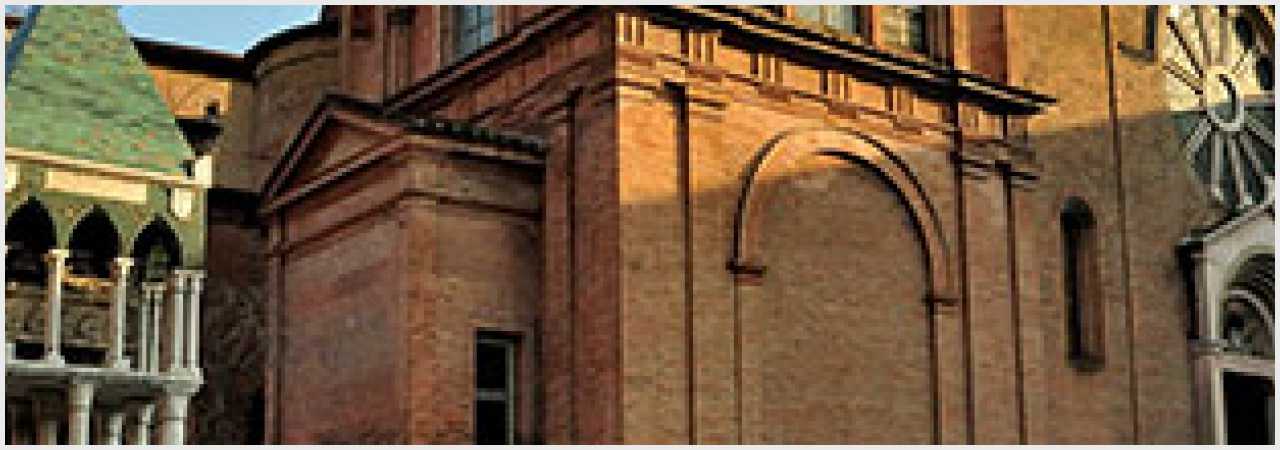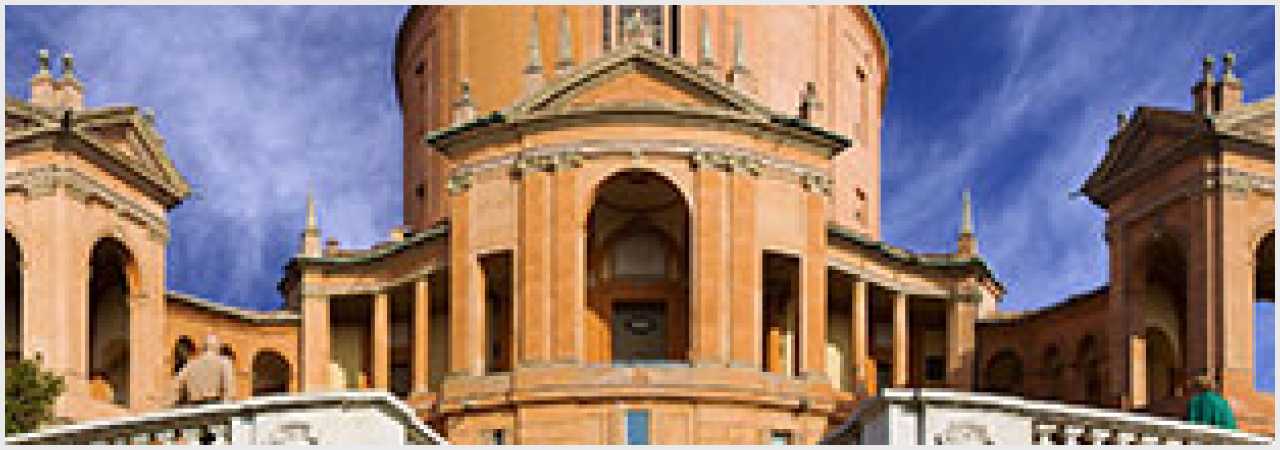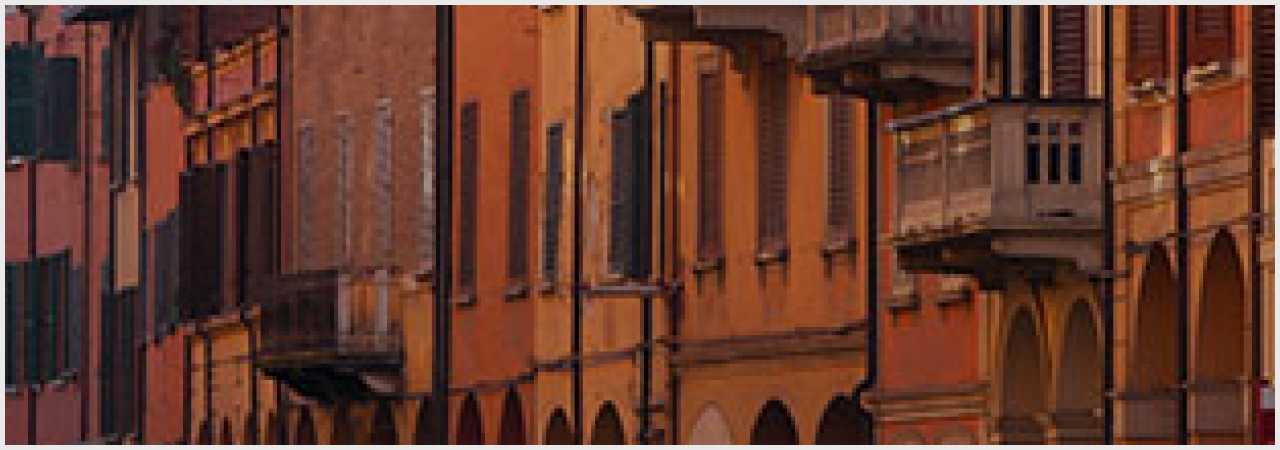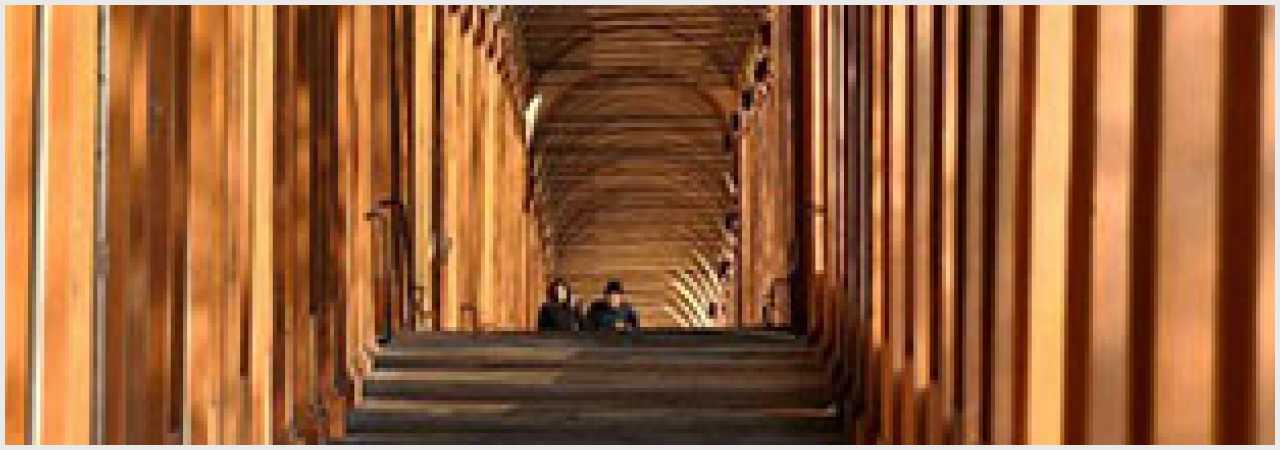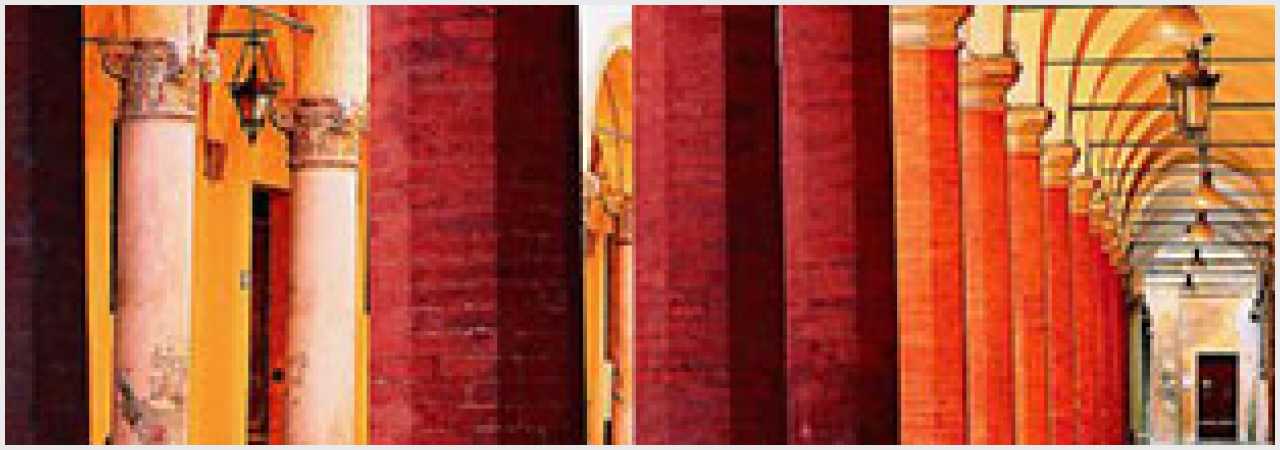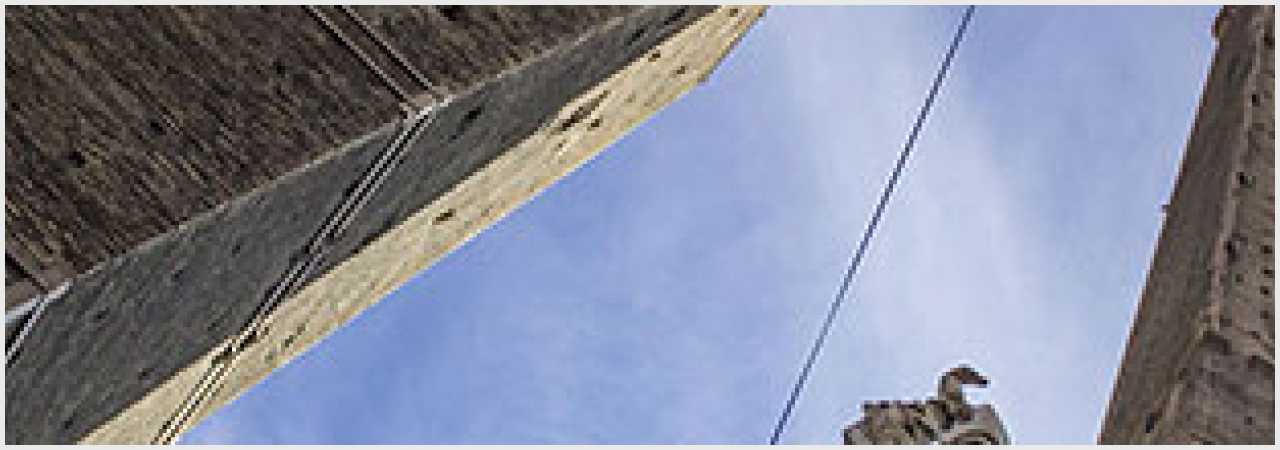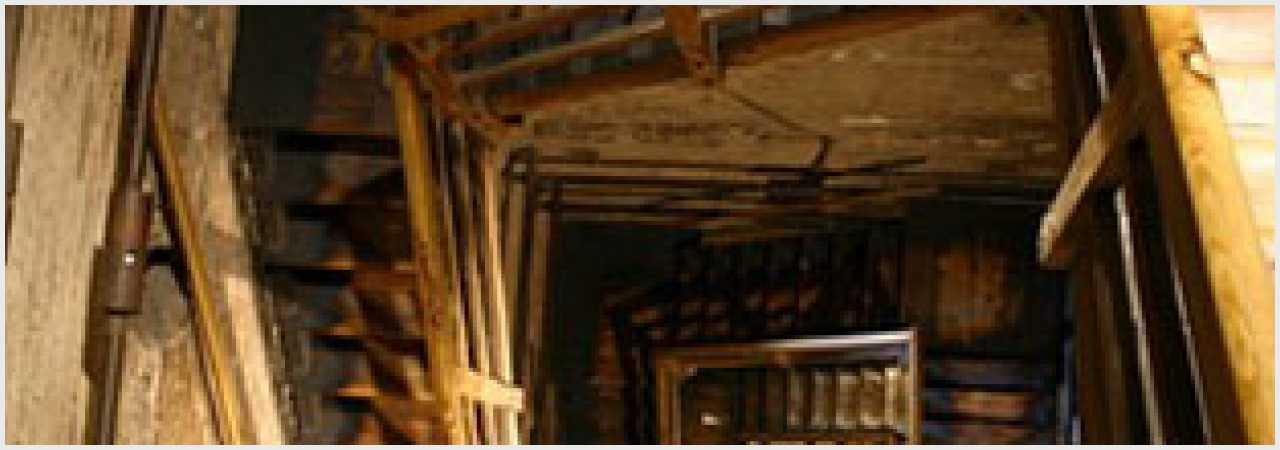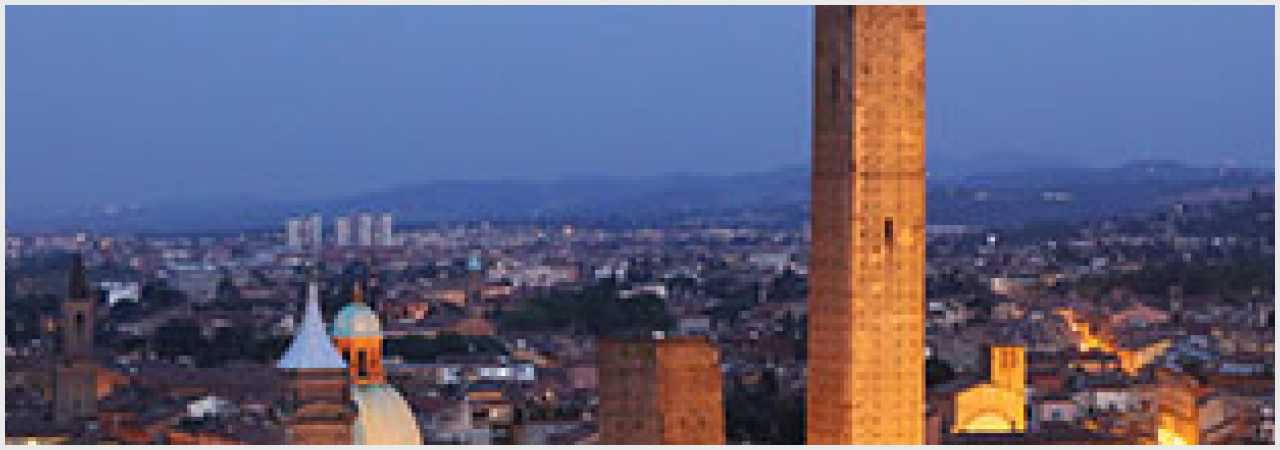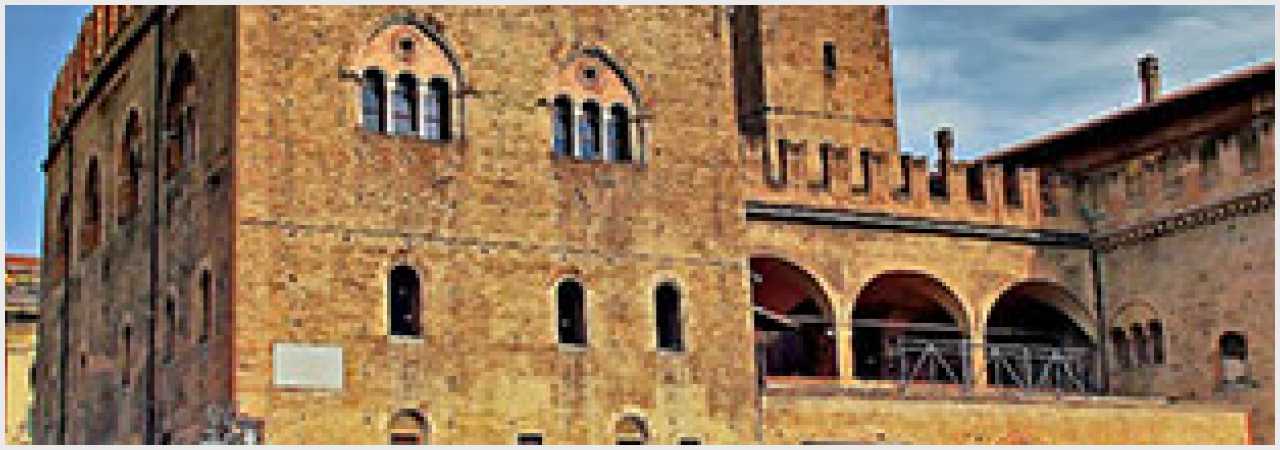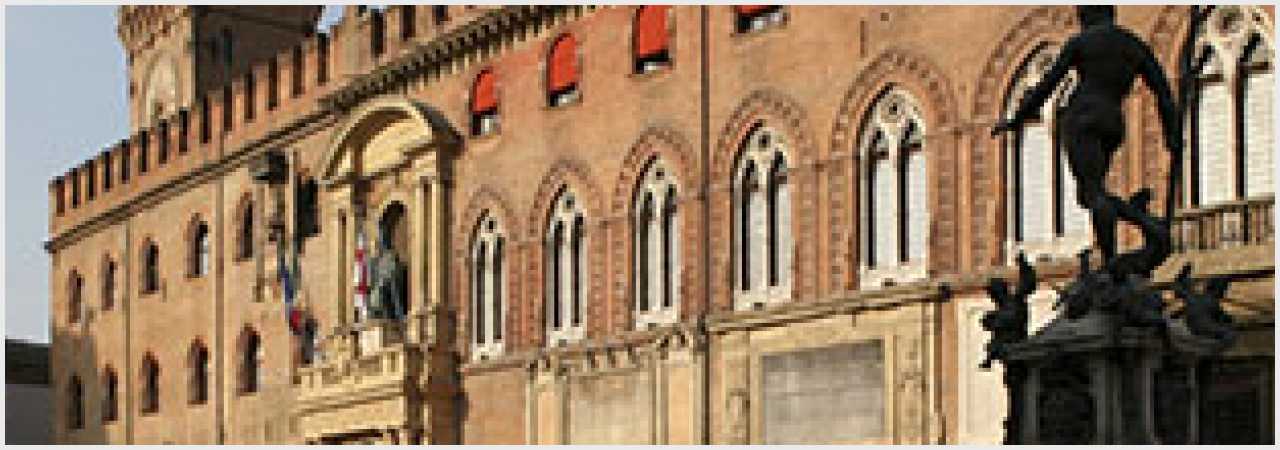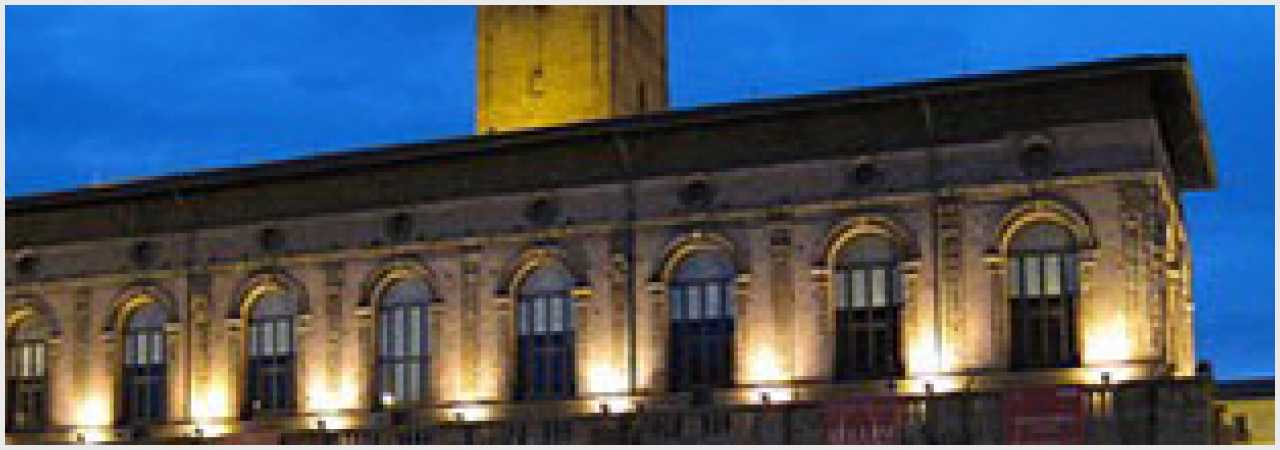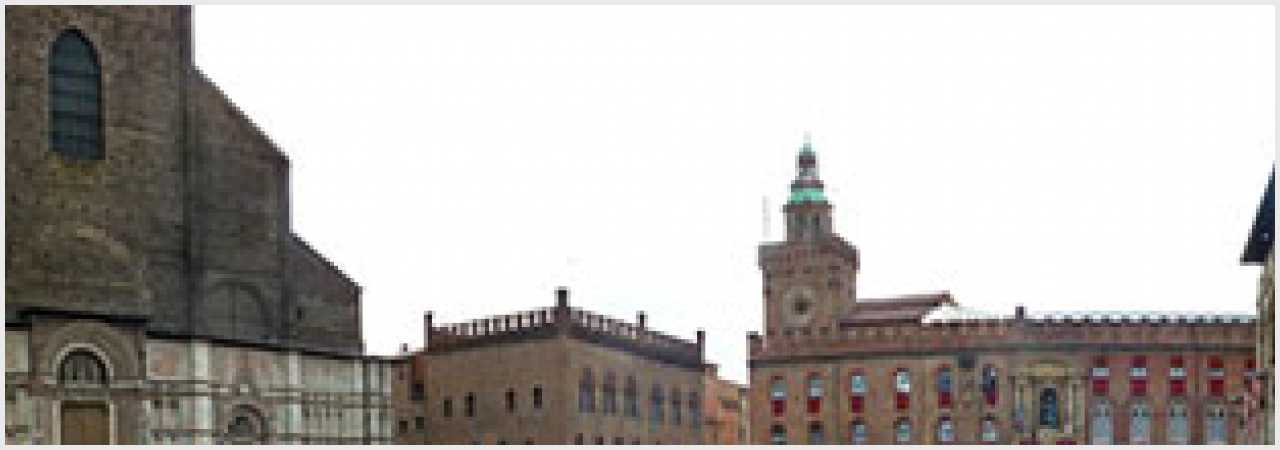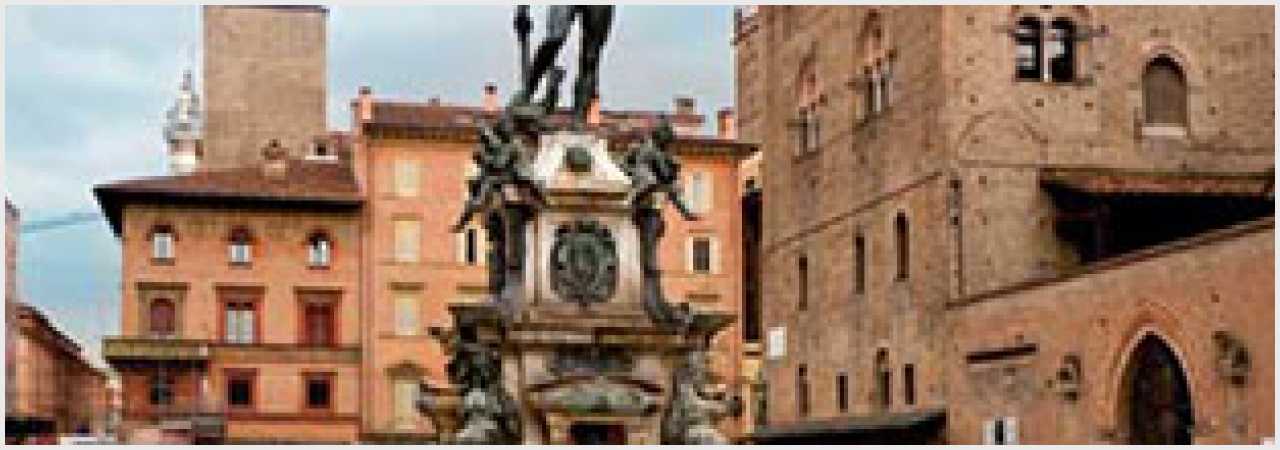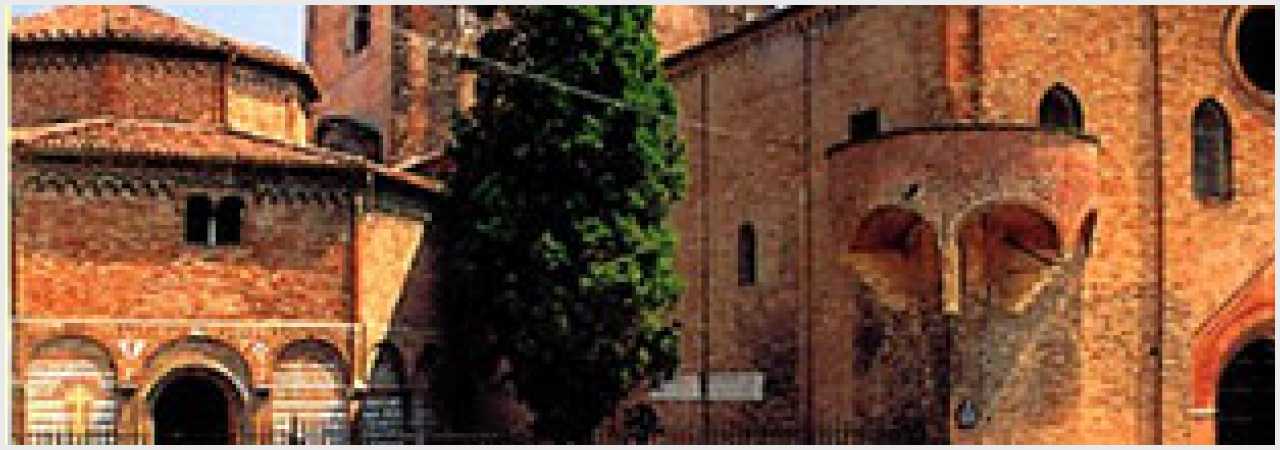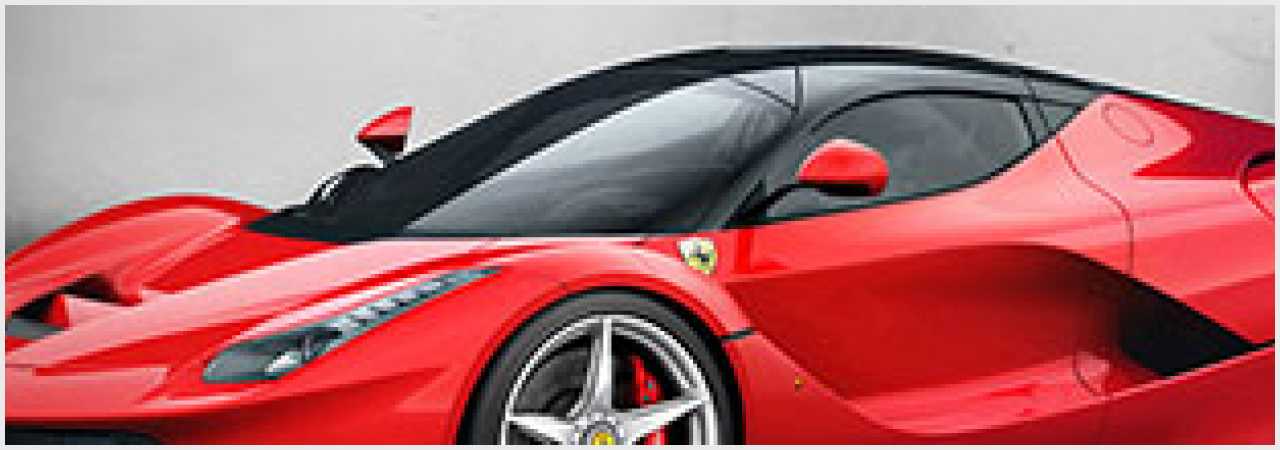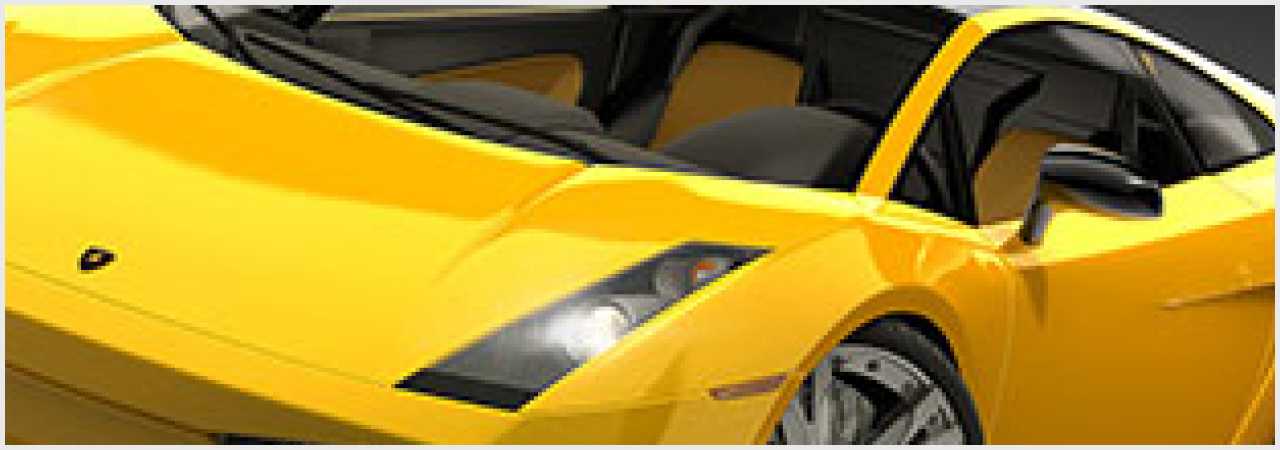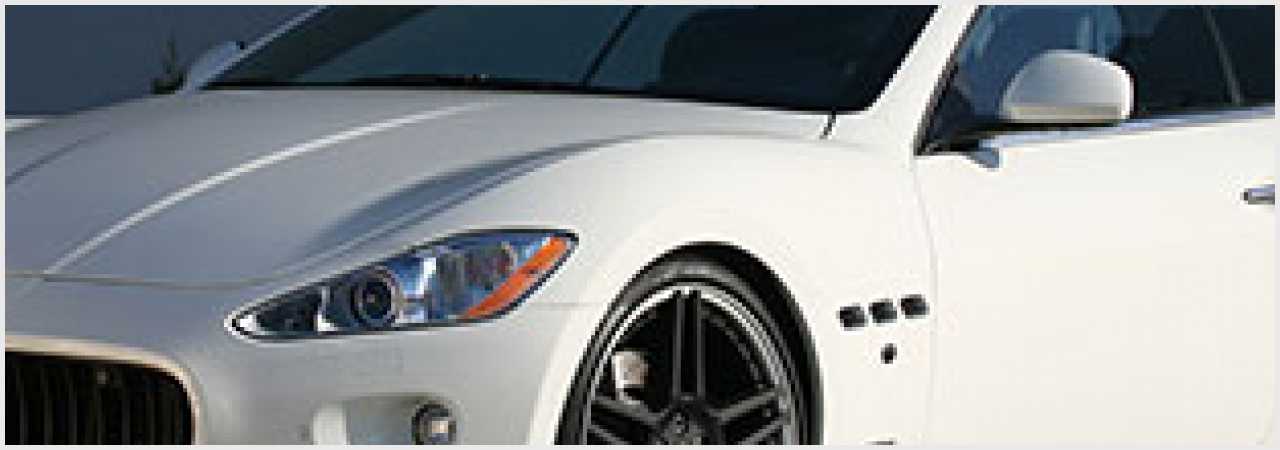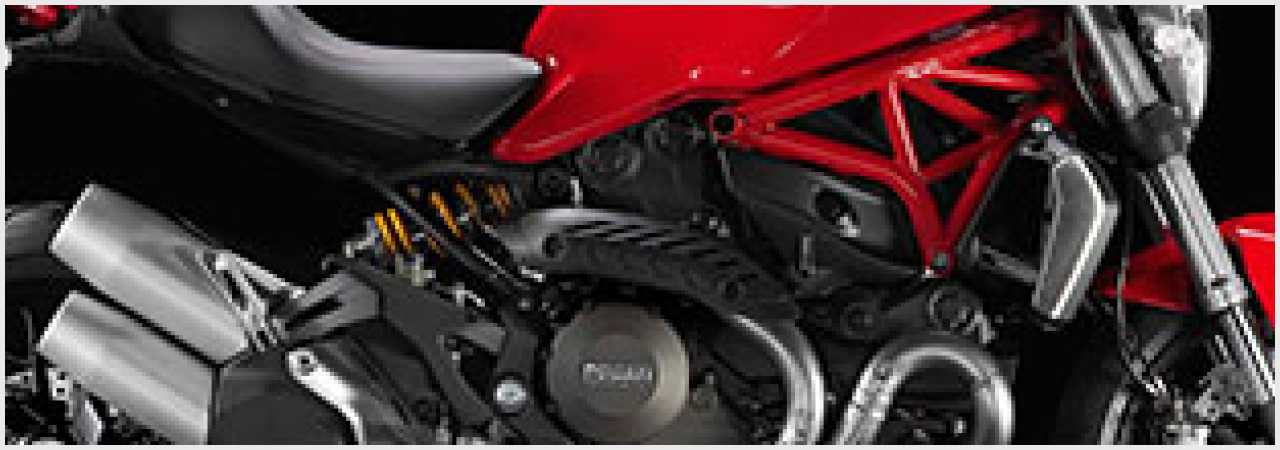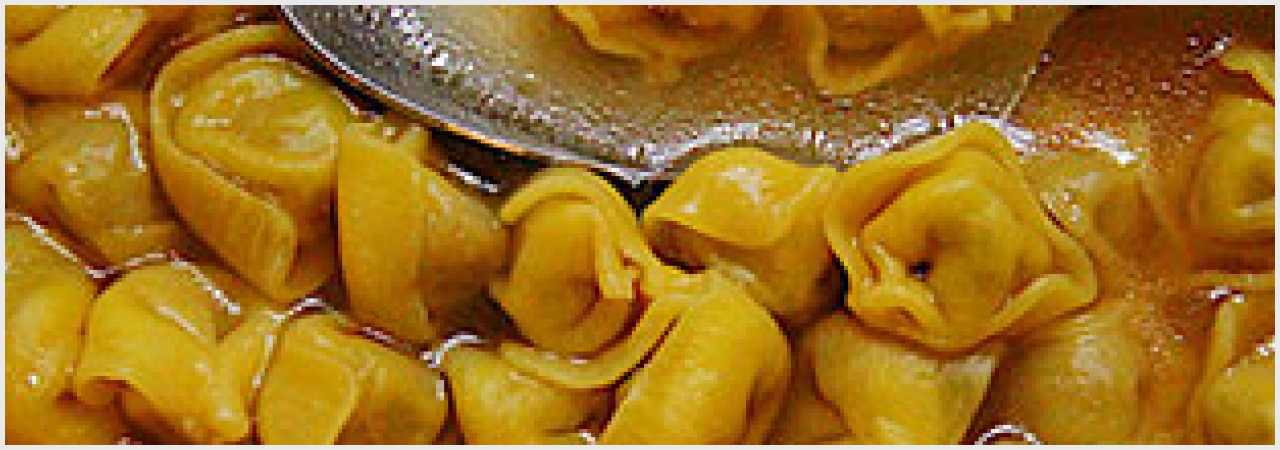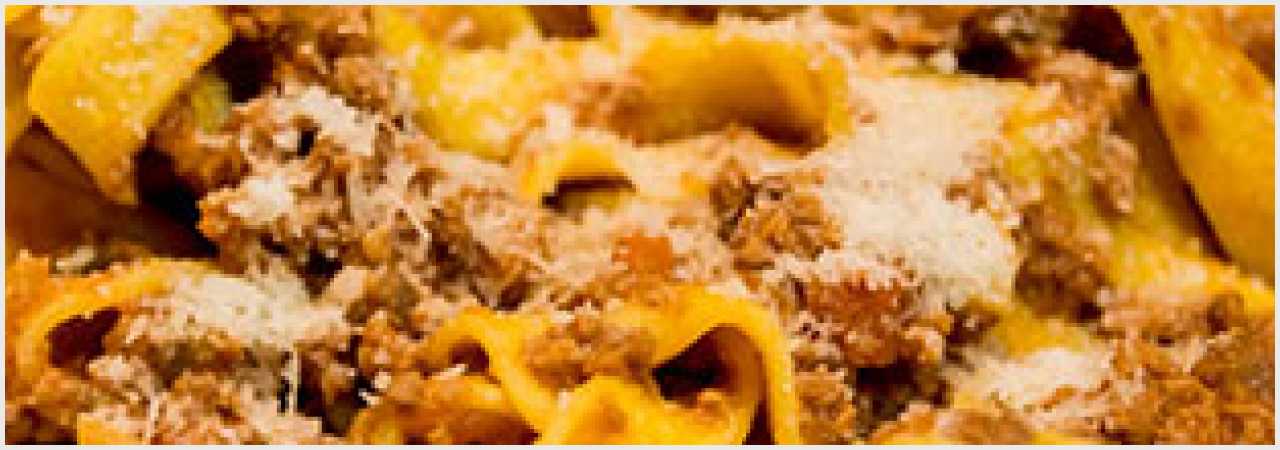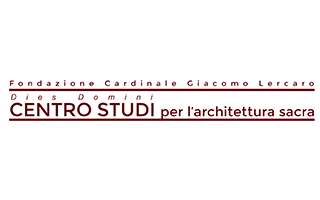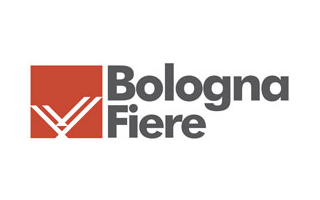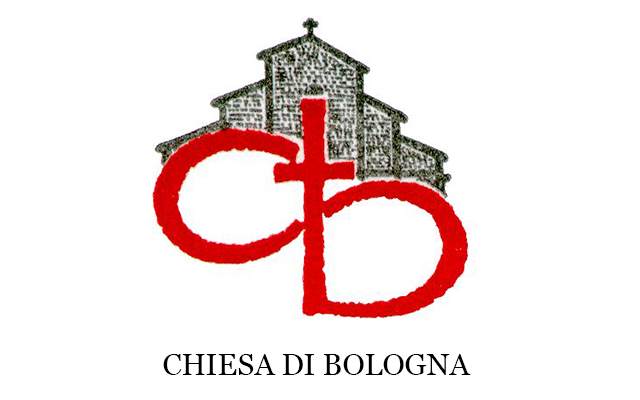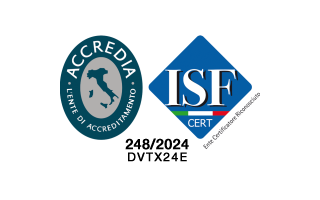Exhibition
Bologna
RIGHT PLACE
There is a saying that the Bolognese do not realize how beautiful their city is. Actually, they are well aware of it! Bologna is the result of a magical and alchemic mixture of art and culture.
Bologna is first and foremost a university city; in its streets and piazzas and under its porticoes, student and intellectual life is everywhere; with its international scene and ancient history, the city is in continuous cultural fermentation. The Salaborsa, beautiful city library (featuring all things multimedia and glass floors that reveal ancient ruins), and the numerous bars and cafès beneath its infinite porticoes are the lively stomping-grounds for the Bolognese and their visitors. Bologna is culinary, it is studious, and it knows how to intrigue, just as it did millennia ago, for those passing through on the ancient Emilian Way (Via Aemilia).
The magic of being at the centre of the most beautiful country in the world
Capital of the Province and of the Emilia-Romagna region, Bologna is located between the Tuscan-Emilian Apennines and the heart of the Po Valley. Due to its position between North and South, East and West, the Adriatic coast as well as cities such as Venice, Florence, Milan and Rome can easily be reached from Bologna.
Bologna a modern city of art and culture
City of art, culture and commerce, with a streamlined trade-fair organization and a well-known manufacturing and motor tradition, Bologna is famous for its almost 40 km of arcades, the longest in the world.
Also called “The Learned” for its old University, and “The Fat” for its food tradition, the city is also a “UNESCO creative City of Music” and has one of the largest and most well-preserved medieval historical centres, full of restaurants, taverns, theatres and shops.
Home of many famous artists such as Giorgio Morandi, Guido Reni, the Carraccis, Guercino, Aspertini, its charm has also charmed notable people like Mozart, Carducci, Dante, Rossini and Guglielmo Marconi, winner of the Nobel Prize in Physics.
The churches
The churches of Bologna are numerous and important for history and art. The Basilica of San Petronio houses the largest sundial in the world. Basilica di Santo Stefano, also known as Sette Chiese (Seven Churches), is the most peculiar one in Bologna. Basilica di San Domenico is one of the richest churches in Bologna in terms of history and art. Traditional place of worship for the presence of an image the Virgin of St. Luca as well as reassuring visual landmark for Bolognese approaching town.
The Porticoes
Among Bologna’s most important symbols are its characteristic porticoes, i.e. the covered galleries that unite practically all its streets and palazzi; the length of all the porticoes covers 38 kilometers in the center alone (23.6 miles). Built over a time period that spans from the 11th to the 20th Centuries, the porticoes of Bologna are considered an attribute of ‘outstanding’ universal value, reason for which the city is a candidate on UNESCO's Tentative World Heritage List.
The Towers
Bologna’s towers also define this great city, offering tourists the opportunity to admire the beautiful panorama from above. The most famous are the Garisenda and Asinelli Towers, found at the city’s original entrance on the ancient Emilian Way. The two towers belonged to a series of approximately 100 others of their kind during the Medieval Age, of which only 20 or so remain today.
Historic Palazzos
As for the palazzi and other historic buildings, Piazza Maggiore possesses three: the first is Palazzo del Podestà, it was the city’s first seat of government. The second, Palazzo Re Enzo (with the famous Fontana di Nettuno in front), in this structure, King Enzo of Sardinia, son of Frederick II, was kept prisoner for 23 years. Lastly, Palazzo Comunale (or d’Accursio) was the residence of the Anziani, the superior magistracy of the Communal Government; it currently houses Bologna’s Municipal Government.
The squares
Piazza Maggiore, known simply as the “piazza” by the locals. Piazza del Nettuno was given this name because it was built to give prominence to Statua del Nettuno, the statue that may be seen at its centre. It is a symbol of the power of the Pope: he ruled the world like Neptune ruled the seas. Piazza Santo Stefano is one of the most peculiar places in Bologna. Even though it is mainly considered as a square, it is not properly this: Via Santo Stefano widens to create this peculiar area that leads to the monumental group of buildings named after the same Saint.
Motor valley
Along the Via Emilia a route to discover the most important factories and museums dedicated to engines such as Ferrari (Maranello), Maserati (Modena), Lamborghini (Sant'Agata Bolognese), Ducati (Bologna) and others.
On the table
Bologna is synonym for food & wine tradition. Mortadella, “ragù alla Bolognese”, handmade pastas such as tortellini, lasagne and tagliatelle, boiled meat, certosino cake: these are only some of the foods that have made Bologna's gastronomy famous throughout the world, together with the fabulous “sfogline” (women making handmade pastas) whose lessons are attended by visitors from every country in the world. Colli Bolognesi DOC wines are famous too, like the typical Pignoletto.
